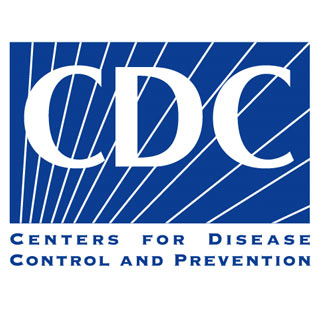
The authors, providing background information commented “Infection with Salmonella ser Typhi causes an estimated 20 million cases of typhoid fever and 200,000 deaths annually worldwide. Over the last 20 years, emergence of S Typhi strains resistant to antimicrobial agents has complicated treatment of infected patients.â€
Typhoid fever is a rare disease in the US with an estimation of about 300 clinical cases that are accounted every year. Upgrading in municipal water and sewage treatments in the US resulted in drastic reduction in the frequency of deaths from typhoid fever at the beginning of the last century. Foreign travels are now supposedly the cause for majority of the typhoid cases.
The authors added “Identification of nalidixic acid-resistant S Typhi (NARST) and reports of infection with S Typhi strains resistant to ciprofloxacin from typhoid-endemic areas have generated concern that strains resistant to fluroquinolones may become more prevalent.â€
Michael F. Lynch, M.D., M.P.H., and colleagues from the Centers for Disease Control and Prevention (CDC), Atlanta examined the data from 1999 to 2006 for 1902 people with typhoid fever. They submitted the information to the CDC. 2,016 S Typhi detaches from public health laboratories sent to the CDC for antimicrobial susceptibility testing.
It was seen that 22 years was the midpoint age of the patients.
The authors reported “1,295 (73 percent) were hospitalized and 3 (0.2 percent) died. Foreign travel within 30 days of illness was reported by 1,439 (79 percent). Only 58 travelers (5 percent) had received typhoid vaccine.â€
Apparently it was seen that more than two-thirds of all travel related cases of typhoid fever were coming from three countries i.e. India (47 percent), Bangladesh (10 percent) and Pakistan (10 percent). Approximately two-third of the patients visited those countries to meet friends and relatives; it was followed by tourism (9 percent) and business travel (3 percent).
Adding to it, the authors commented “272 (13 percent) of 2,016 isolates tested were resistant to ampicillin, chloramphenicol, and trimethoprim-sulfamethoxazole (multidrug-resistant S Typhi [MDRST]); 758 (38 percent) were resistant to nalidixic acid (nalidixic acid-resistant S Typhi [NARST]) and 734 NARST isolates (97 percent) had decreased susceptibility to ciprofloxacin. The proportion of NARST increased from 19 percent in 1999 to 54 percent in 2006.â€
The authors mentioned that patients with resistant infections were more likely to report travel to the Indian subcontinent: 85 percent of patients infected with MDRST and 94 percent with NARST traveled to the Indian subcontinent, while 44 percent of those with susceptible infections did.
The authors finally commented “Since most typhoid fever among patients treated in the United States is acquired abroad, ongoing surveillance may also help track global patterns of antimicrobial resistance of S Typhi. Reducing the burden of typhoid fever in the United States will require increased attention to prevention measures by travelers, including improved vaccination coverage among travelers to typhoid-endemic areas.â€
They concluded the study by remarking that further reductions in typhoid fever among travelers will depend on increased availability of safe drinking water as well as improved sanitation and food hygiene in typhoid endemic areas, measures that would go a long way toward reducing the global burden of typhoid fever.
This study is published in the August issue of JAMA.
